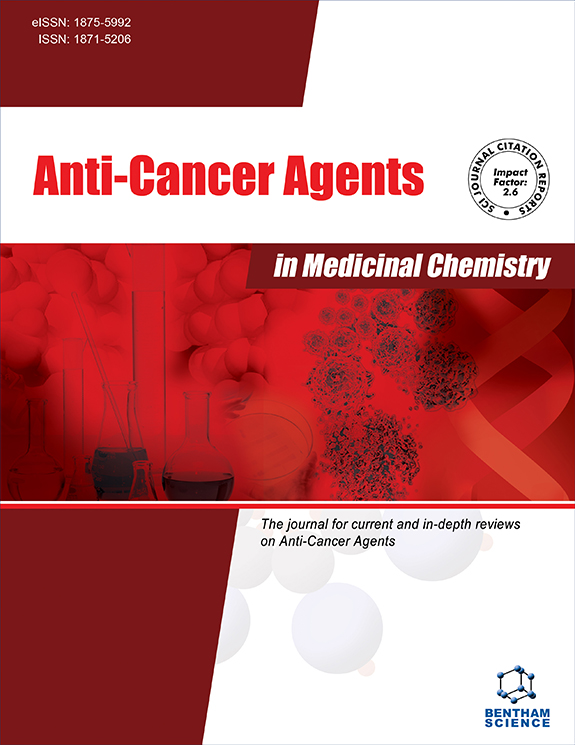Submission Tilte
Rechallenge Therapy in Different Types of Cancer
Submission Abstract:
Cancer is responsible for approximately 8 million deaths annually worldwide. GLOBOCAN 2020 reported 19.3 million new cases of cancer, which is projected to increase to 28.4 million by 2040. In the future, female breast cancer will be the most common cancer (11.7%), followed by lung (11.4%), colorectal (10.0%), prostate (7.3%), and stomach (5.6%). As far as cancer-related mortality is concerned, lung cancer is the leading cause, responsible for 1.8 million deaths (18%), followed by colorectal (9.4%), liver (8.3%), stomach (7.7%), and female breast cancer (6.9%). In light of this, it is becoming increasingly important to have a deep understanding of the progression and drug therapy of cancer. Today, an important issue in the therapy of cancer is drug resistance, which very often limits the efficacy of anticancer treatment in achieving a cure or prolonged overall survival. It is possible to have two different types of resistance: primary and acquired or secondary resistance. Furthermore, it can be considered “active” (due to the high level of a resistance factor) or “nonsaturable passive” (due to mutation or alteration of a factor, analogous to a blockage that blocks the binding of a drug from its receptor) and “saturable passive” (due to a lack or saturation of a factor required for drug efficacy, analogous to non-competitive inhibition of a drug effect). In clinical practice, resistant disease describes cancer that is found to have progressed since the time of treatment initiation. Drug resistance leads to the progression of cancer during the therapy, and for this reason, it is important to stop therapy as shown by different trial studies. Therefore, two different approaches are emerging as a potential strategy in the therapy of cancer, drug rechallenge and treatment continuation, especially for molecularly targeted agents and immunotherapy. Multiple studies reported different data on drug rechallenge in small-cell lung cancer and leukemia and adjuvant treatment of breast cancer. Furthermore, rechallenge-like regimens are used with anthracyclines and taxanes in adjuvant therapy for metastatic breast cancer, platinum-based therapy for ovarian cancer and small-cell lung cancer, tamoxifen in estrogen receptor-positive breast cancer, reinduction of androgen blockade in androgen-independent prostate cancer, and treatments for colorectal cancer. Many data reports show that the reuse of the same drug after disease progression can be efficacious for a surprising number of cancer patients. Moreover, rechallenge strategies seem to be very effective among different classes of anticancer drugs or different types of progression (on or off therapy). In addition, rechallenge regimens do not seem to select resistant clones or accelerate acquired secondary resistance. Furthermore, the length of the interval among rechallenge treatments, during relapse and progression of treatment regimens, has been positively correlated with the response to rechallenge.




